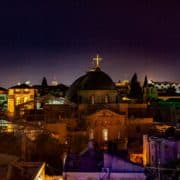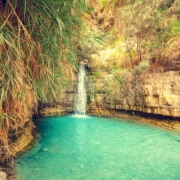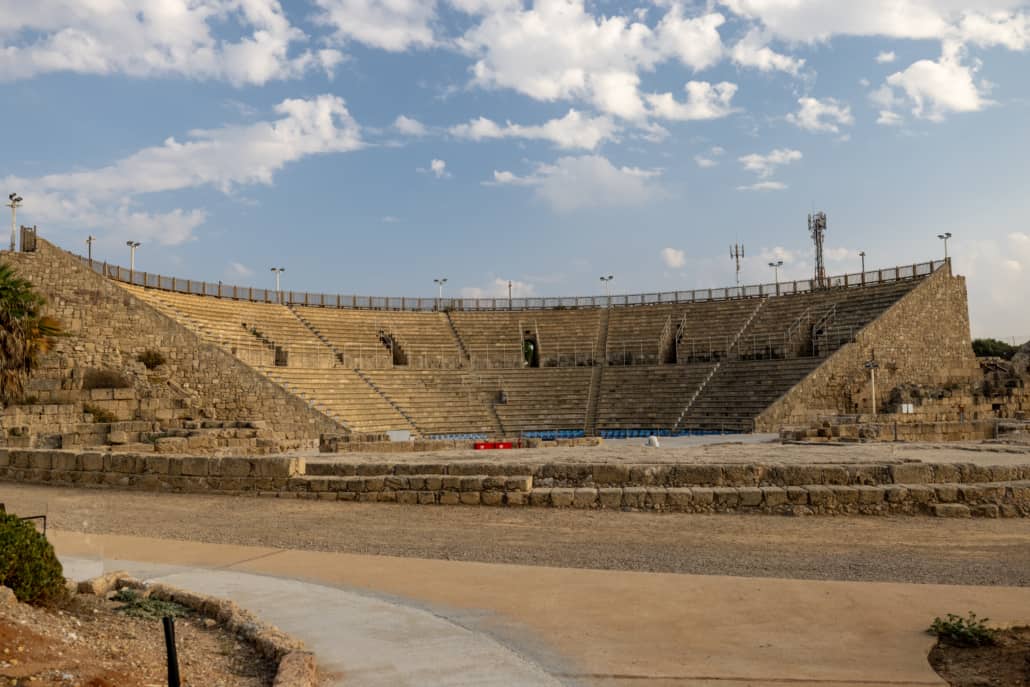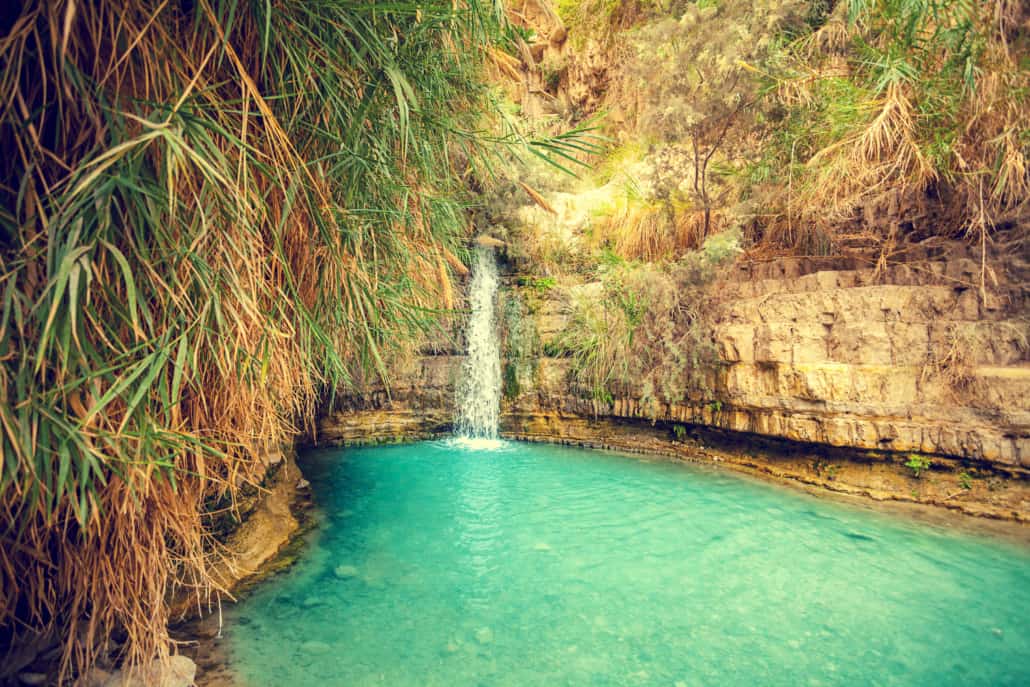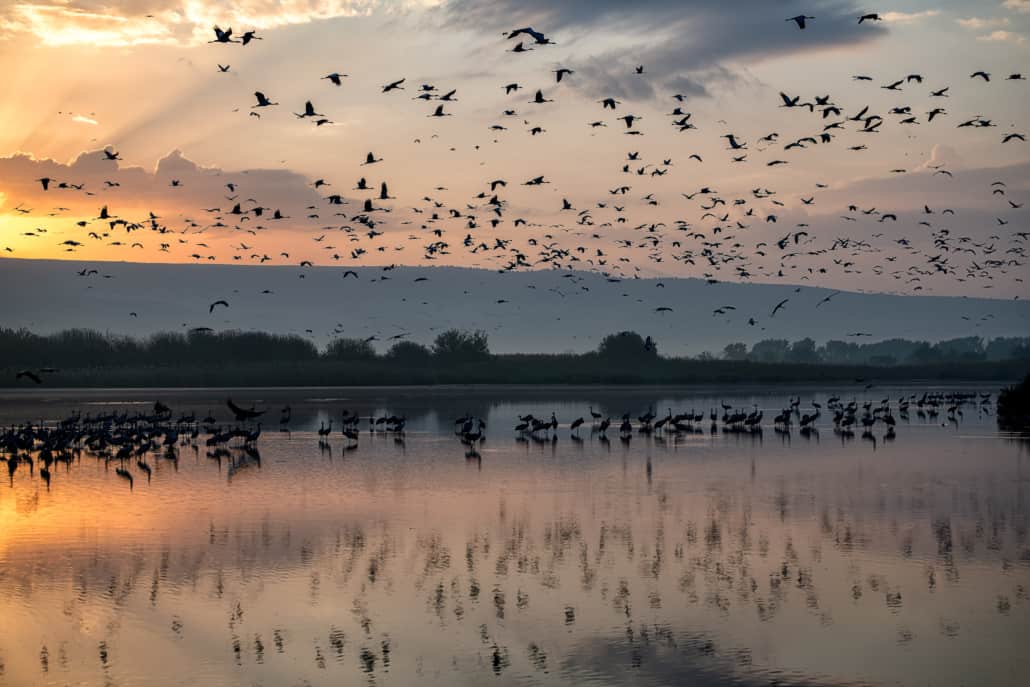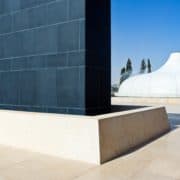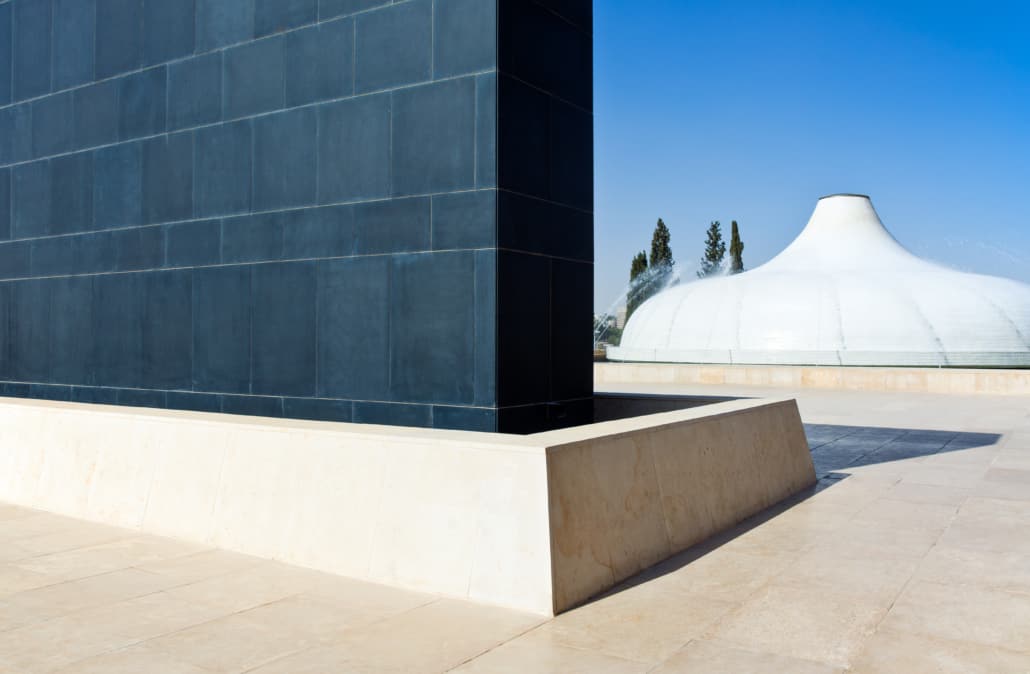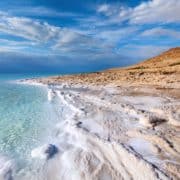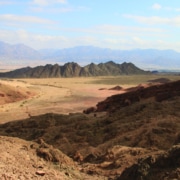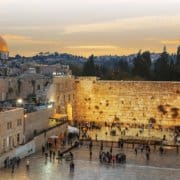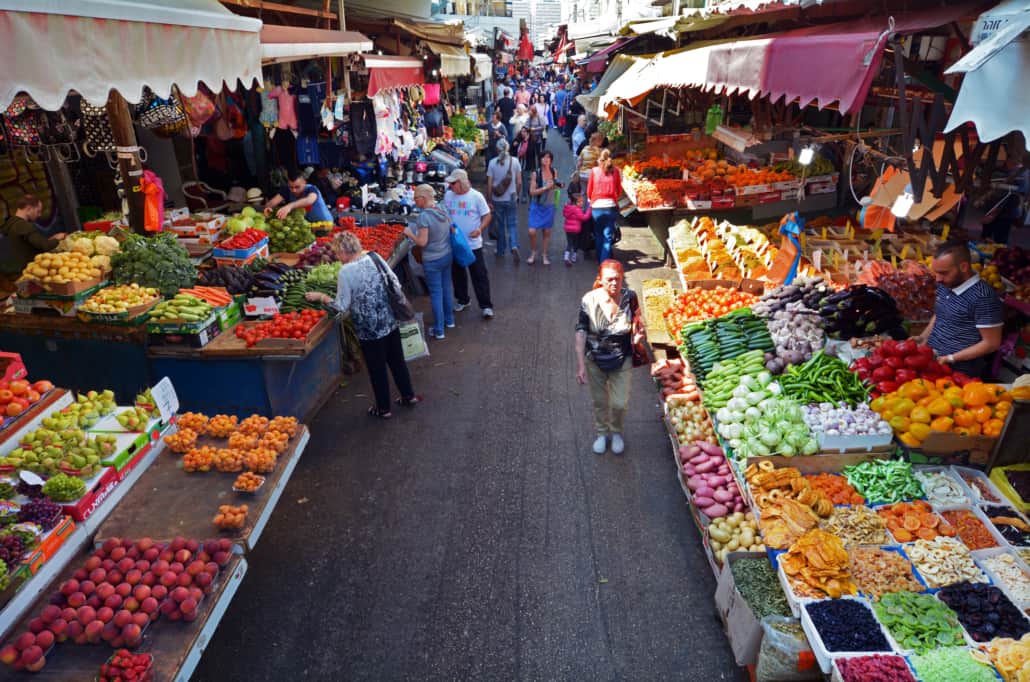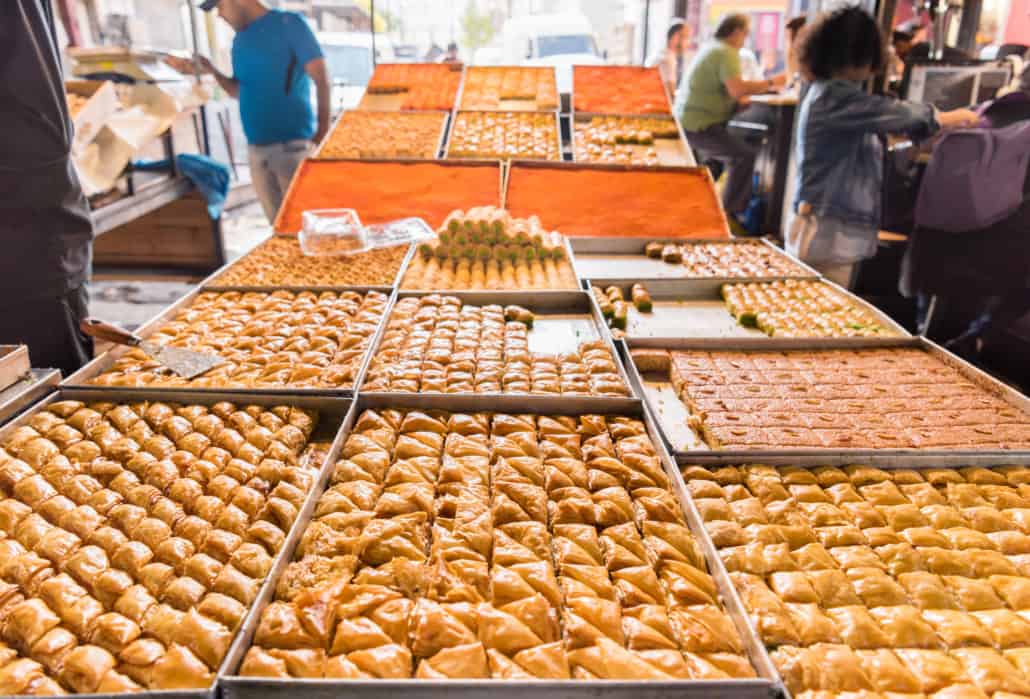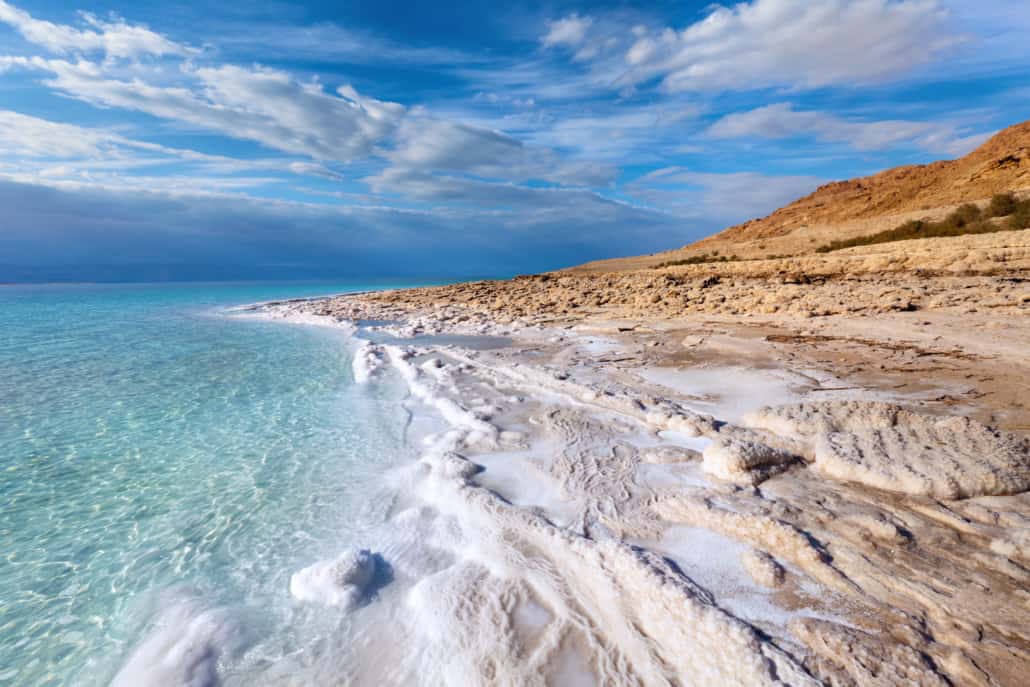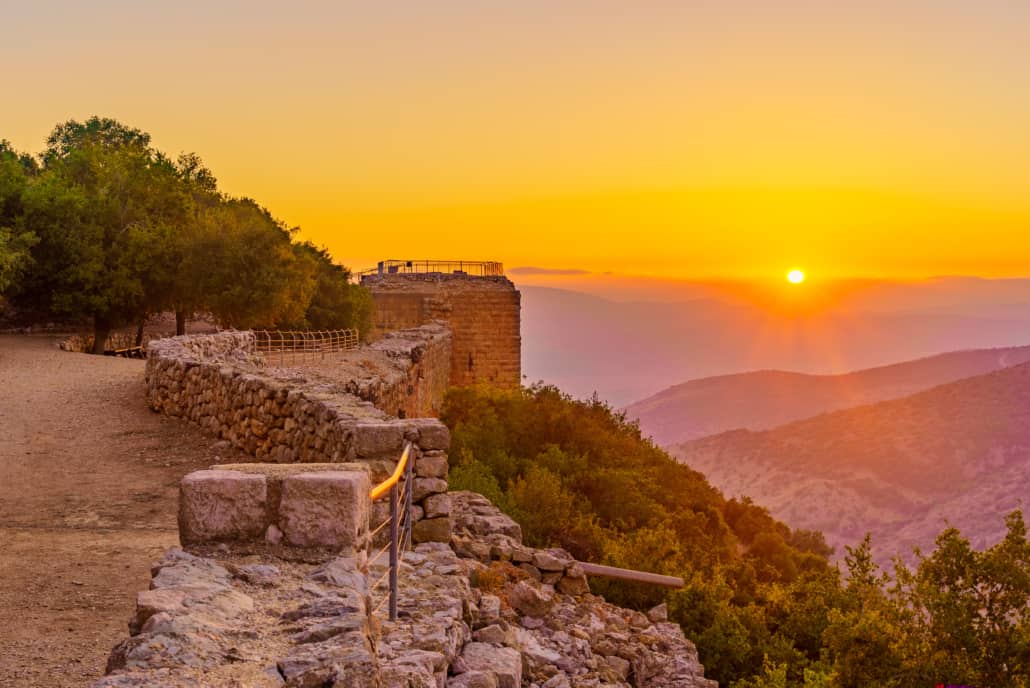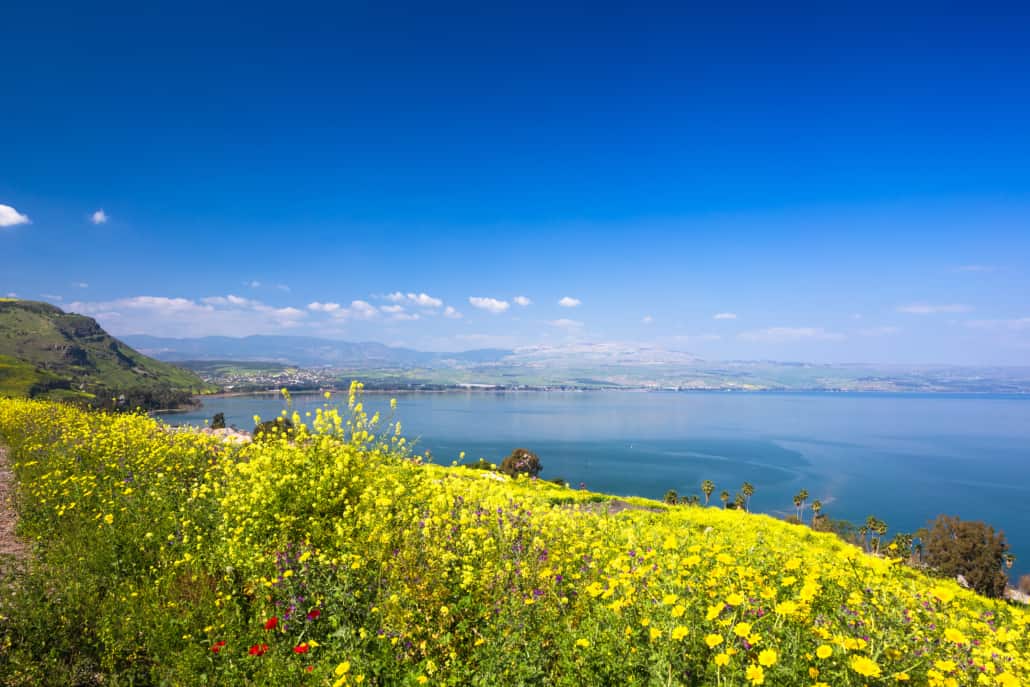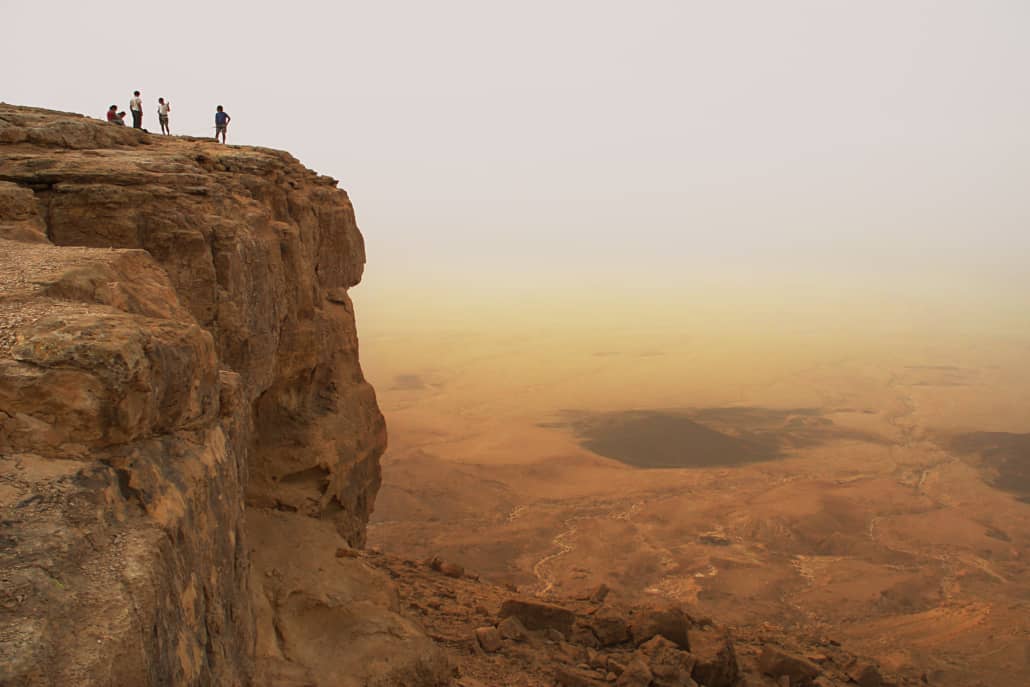The Situation in Israel – Is it Safe to Travel to Israel Right Now?
Israel is considered by many as being the crossroads of diverse civilizations and cultures. The country attracts millions of tourists every year, lured by its historical, religious, and natural treasures. But with its geopolitical complexity, it’s only natural for potential visitors to wonder: Is it safe to travel in Israel now?
We want to start off by setting the record straight, recent studies have ranked Israel as the fifth safest country in the world for tourists. To put this in context, Israel has ranked higher than the UK, US, and many European countries in terms of safety for travelers. Such stats underscore the distinction between the perception and reality of safety in Israel.
Deciphering the Media Coverage
The media, in its relentless spotlight on regions such as southern Israel, Gaza, and the West Bank, often portray a narrative dominated by chaos, conflicts, and war. This recurrent focus amplifies the perception of an entire nation under siege when, in reality, the issue is relatively localized.
While it’s undeniable that tensions exist in specific areas, this narrative of “war and conflict” does a disservice to the broader truth of Israel. Beyond Gaza and the West Bank, Israel boasts a mosaic of tranquil landscapes, historic sites, and culturally rich cities that have been captivating tourists for decades. The nation’s diverse terrains, from sun-kissed beaches to sprawling deserts and bustling metropolises, all coexist in harmony. This fuller, more nuanced picture is essential for anyone seeking a comprehensive understanding of Israel, beyond the narrow lens often presented in the headlines.
In Israel, Geography Matters
It’s a common misconception to associate all of Israel with the more volatile regions of Gaza and the West Bank. But in terms of size and population, these areas are relatively small compared to the entirety of the country. Most Israelis live outside of these regions, and they are not the typical destinations for travelers.
Gaza and West Bank would be similar to a tourist judging the safety of Illinois based on the news coming out of South Side Chicago.
Safety Statistics in Perspective
Balsam Tours has strategically positioned itself with two distinct segments: the US Division and the Israel Division. With my business colleague based in Israel, he is often on the frontline addressing the concerns and curiosities of tourists. Many visitors come with perceptions formed by media coverage, and it’s imperative for them to understand the broader context. The tensions and conflicts that periodically make headlines aren’t new developments; they have historical origins that can be traced back to 1948. By providing this perspective, we aim to offer a more comprehensive understanding of the region’s complexities and assure our clients of our expertise and experience in navigating them.
Popular Tourist Areas: Business as Usual
Tourist havens like Tel Aviv, with its bustling nightlife and beaches; Jerusalem, rich in religious and historical significance; the tranquil Negev desert; the biblical city of Nazareth; and the rejuvenating Dead Sea have always been popular and remain safe. These regions continue to operate as they always have, with an emphasis on security and safety for all who visit.
Stay Updated and Make Informed Choices
The Foreign, Commonwealth, and Development Office (FCDO) strongly recommends avoiding all trips to Gaza, the Sheba’a Farms and Ghajjar, and areas within 500m of the Lebanon border (known as the ‘Blue Line’) to the east of Metula. This includes the town’s northern edge and areas east of Route 98 near the Syrian border. Furthermore, non-essential journeys to Nablus, Joseph’s Tomb, and the refugee camps of Balata and New Askar near Nablus are not advised. It’s worth noting that these specified regions are not common destinations for tourists traveling to Israel.
Travelers are urged to remain informed. While Israel is overwhelmingly safe, it’s always wise to stay updated with the latest advisories from your home country. If you’re a nervous traveler, consider joining a package trip or hiring a local guide. Not only will this give you an added sense of security, but it will also enrich your understanding and experience of this beautiful and diverse country.
Should you still travel to Israel?
While there may be concerns, countless tourists continue to explore the nation, cherishing memorable and secure journeys. The dynamics of the security landscape in Israel and Gaza can shift. Thus, it’s imperative to remain vigilant and regularly consult your country’s updated travel advisories. But it’s important to remember – when you’re visiting Israel, Geography Matters.

